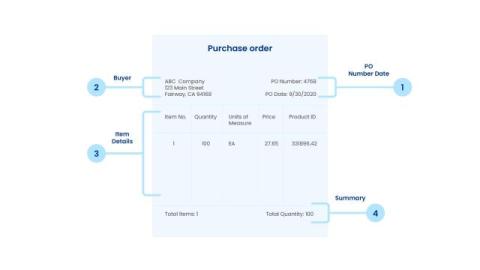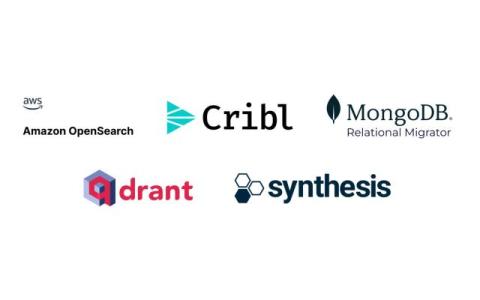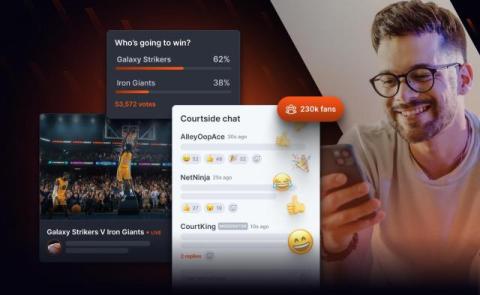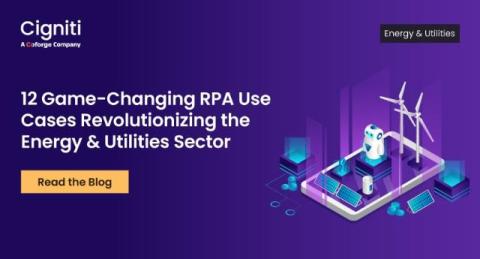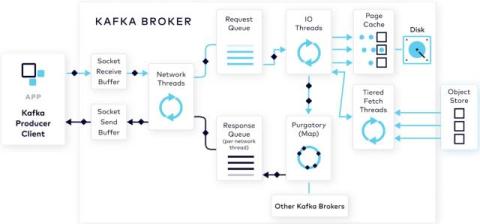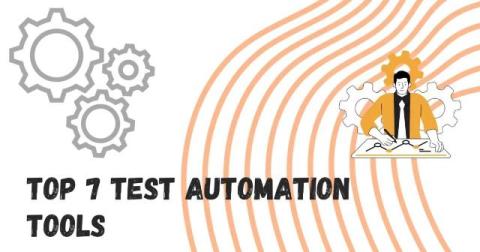What is an EDI Document? Types, Benefits & Features
Data elements are the fundamental building blocks of EDI documents. They represent individual information within a transaction set, such as city, state, country, item number, quantity, and price. Each data element is defined by its data type, which specifies whether it’s numeric, alphanumeric, a date, or a time. Additionally, the definition includes details like minimum and maximum length requirements and any applicable code values.


